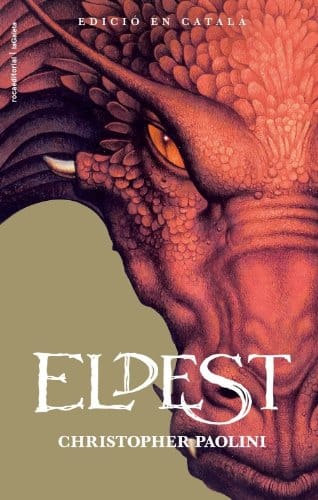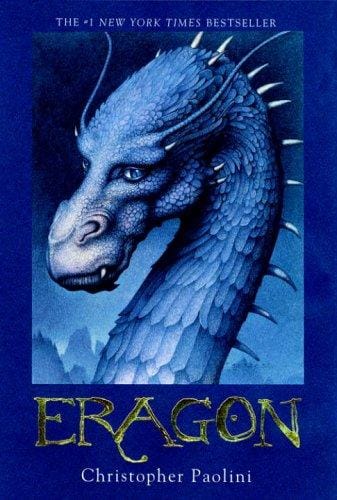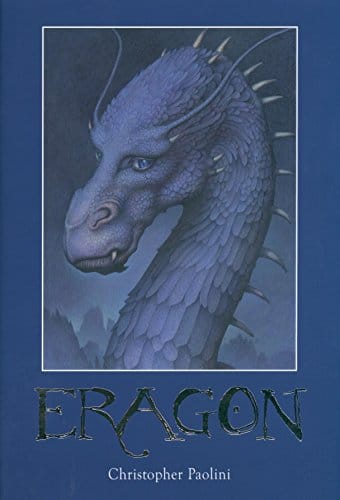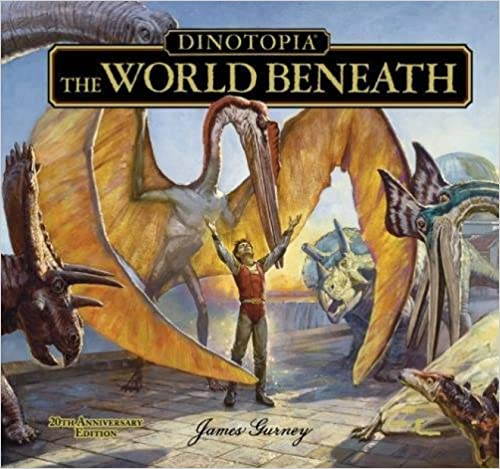Eldest: An In-Depth Look at Christopher Paolini’s Epic Sequel
Discover the magic, dragons, and moral complexities inside Eldest, the second novel in Christopher Paolini's Inheritance Cycle.

Introduction to Eldest
Published in 2005, "Eldest" is the eagerly awaited second installment in Christopher Paolini’s Inheritance Cycle, following the runaway success of his debut novel "Eragon." The book plunges readers back into the richly imagined world of Alagaësia, where dragon riders once again soar across the sky and ancient prophecies shape the fate of entire nations. While some sequels merely extend a story, "Eldest" expands it, deepening the mythology, heightening the stakes, and challenging its young protagonist, Eragon, in ways that will resonate with fans of epic fantasy and newcomers alike.
In this comprehensive guide and review, we will explore the novel’s central plot, examine key themes, and assess its place within modern fantasy literature. Whether you are considering a first read or planning a revisit before tackling later volumes, this article will give you all the context you need.
Plot Overview
"Eldest" picks up immediately after the harrowing events of "Eragon." The rebel Varden celebrate their unexpected victory at Farthen Dûr, yet the shadow of the tyrannical King Galbatorix still looms large. Eragon, now bonded to his blue dragon Saphira, realizes that his fledgling skills will not be enough to protect those he loves. He travels to the elven city of Ellesméra to undertake advanced Rider training under Oromis and Glaedr, the last remaining master-and-dragon duo hiding from the king’s wrath.
Meanwhile, Eragon’s cousin Roran returns to Carvahall only to find the remote village under siege by the Ra’zac, Galbatorix’s terrifying agents. Forced into a desperate exodus, Roran leads his people across treacherous terrain, ultimately forging an alliance with the Varden. These parallel storylines converge in a climactic battle on the Burning Plains, where revelations about bloodlines and betrayals alter the course of the war and Eragon’s own sense of identity.
Themes and Character Development
Coming of Age Under Fire
At its heart, "Eldest" is a coming-of-age story. Eragon’s sudden elevation from farm boy to legendary Rider was exhilarating in "Eragon," but here Paolini focuses on the cost. Eragon must grapple with crippling physical pain after his first major duel, the emotional consequences of leadership, and the crushing weight of unrealistic expectations. His struggles with self-doubt make him more relatable than ever.
Family, Loyalty, and Sacrifice
Roran’s subplot underscores the bonds of family and community. Unlike Eragon’s magical journey, Roran endures a grittier survival narrative: evacuating civilians, negotiating with pirates, and commanding a refugee armada. His fierce determination to protect his fiancée Katrina mirrors Eragon’s devotion to Saphira and the Varden, creating a thematic echo that reinforces the novel’s core question: what are you willing to sacrifice for those you love?
Faith and Morality in Wartime
The title "Eldest" alludes to wisdom and seniority, and Paolini uses it to examine how different cultures interpret faith and morality. The elves’ atheism contrasts sharply with the dwarves’ polytheism and the humans’ varied beliefs. Eragon’s exposure to these perspectives forces him to reconsider his own moral compass, offering a nuanced exploration seldom found in young-adult fantasy.
World-Building and Lore
Paolini’s love for linguistics and mythology shines in "Eldest." Readers gain deeper knowledge of the ancient language, the source of magic in Alagaësia, and witness new cultural festivals like the elven Blood-oath Celebration. The lush forests of Du Weldenvarden, the floating crystal towers of Ellesméra, and the forbidding, ash-covered Burning Plains add vivid new settings that expand the series’ geographical scope. These locations are described with sensory detail—fragrant flora, hushed elven songs, the metallic tang of volcanic air—immersing readers in a living, breathing world.
Literary Style and Tone
Paolini’s prose in "Eldest" is more confident and polished than in his debut. Sentence structures are varied, vocabulary is richer, and dialogue feels less expository. The tonal shift is noticeable as well: lighthearted moments still occur, yet the overarching mood is darker and more mature, reflecting the characters’ escalating burdens. The novel’s pacing alternates between introspective training sequences and kinetic action scenes, ensuring that 700-plus pages never feel stagnant.
Impact on the Fantasy Genre
Although "Eldest" owes an acknowledged debt to genre titans such as Tolkien and Anne McCaffrey, it also helped spark a 2000s renaissance of dragon-centric young-adult fantasy. Its commercial success proved that sprawling, multi-volume epics could thrive among teen readers. Paolini’s self-publishing origin story continues to inspire aspiring authors, while the Inheritance Cycle’s emphasis on language creation paved the way for modern sagas to include fully realized conlangs.
Why You Should Read Eldest Today
If you enjoyed "Eragon," reading "Eldest" is an obvious next step due to its critical plot revelations. However, even newcomers who appreciate intricate world-building, moral complexity, and aerial dragon combat will find much to love. The novel challenges protagonists—and by extension, readers—to question inherited beliefs, navigate ethical gray areas, and accept that growth often comes through hardship. Its dual perspective structure also offers a refreshing balance of magical wonder and human perseverance.
Moreover, revisiting "Eldest" ahead of the upcoming television adaptation of the Inheritance Cycle gives longtime fans a chance to spot future on-screen moments and newcomers an opportunity to read the definitive text before spoilers flood the internet.
Conclusion
"Eldest" is more than a bridge between "Eragon" and the latter volumes of the Inheritance Cycle; it is a compelling, character-driven epic in its own right. By expanding the lore, sharpening thematic depth, and delivering high-stakes action, Christopher Paolini demonstrates significant growth as a storyteller. Whether you are a fantasy veteran or a reader seeking your next immersive adventure, "Eldest" promises an unforgettable journey across dragon wings and war-torn landscapes, leaving you eager to continue onward to "Brisingr."


